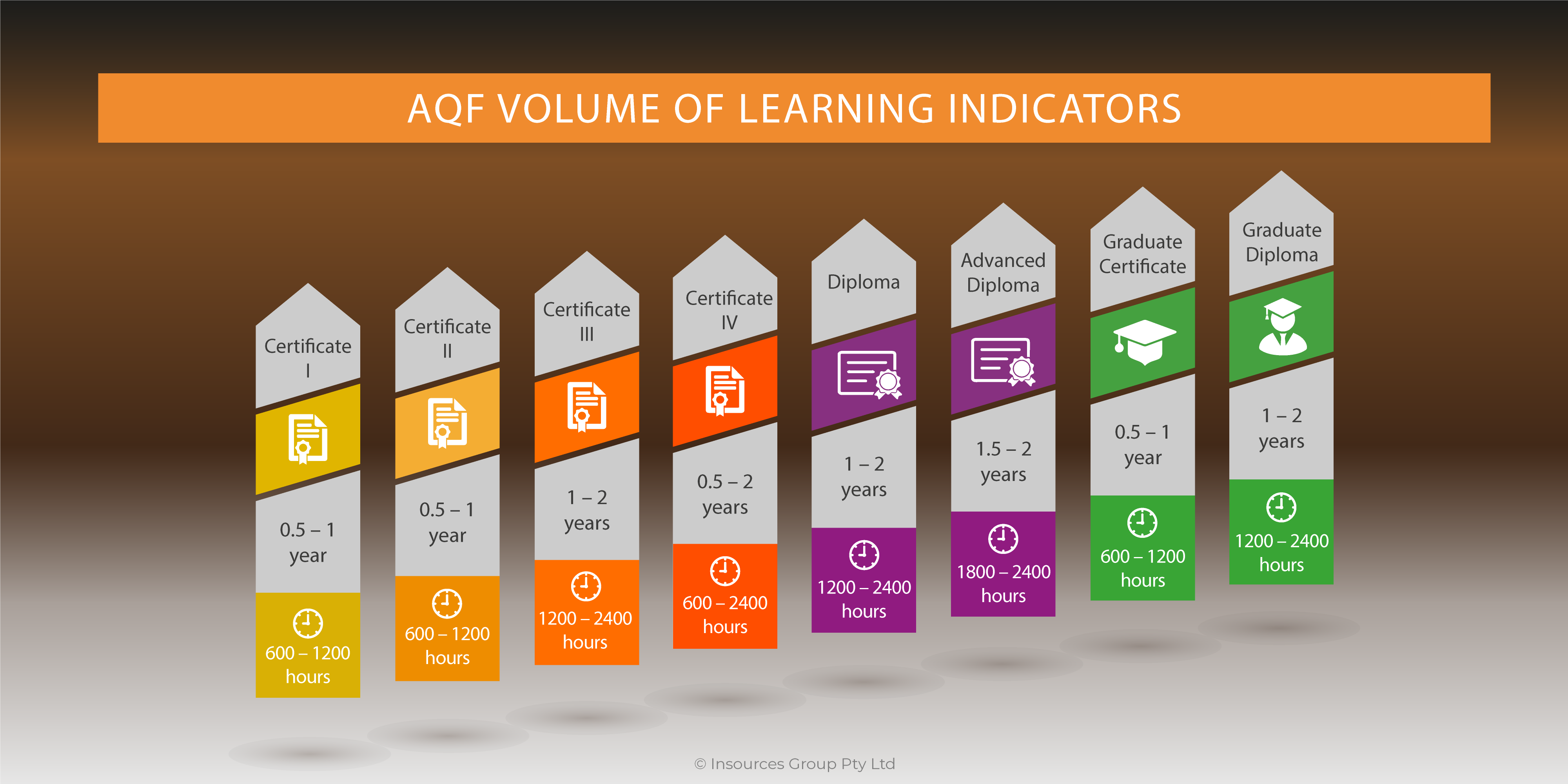We live in a high-tech, high-speed age in which virtually everything we want is available in no time at all. When we have to have it now, we can run out to bricks and mortar stores that never close. For those who prefer to shop from home, online retailers with lightning-fast distribution channels work around the clock to ensure consumers can acquire almost anything they desire overnight and with free shipping. Let’s be honest. We want what we want when we want it, and we have been conditioned to expect our desire for immediate gratification to be fulfilled in less time than it takes to double-click or swipe our credit card. So it’s no wonder some people think training works that way, too.
Vocational Education and Training is entirely different, however, because the real product of our efforts is not a commodity. Unlike tangible products manufactured in factories and later acquired by passive consumers, the real products of training and talent development are knowledge, skills, and abilities (KSAs). KSAs are not manufactured but developed through a protracted process called learning, which occurs naturally when learners are exposed to information, ideas, and experiences and motivated to change as a result.
Training and talent development professionals, therefore, cannot assemble or ship KSAs to passive end users, nor should we try. It just doesn’t work that way. Rather, we must cultivate conducive learning environments, plant relevant information and ideas, intentionally expose learners to elements and experiences, and nurture them as they strive to grow.
Cultivate fertile soil
Whether formal training occurs in a physical classroom, online, or out in the field, talent developers must cultivate fertile “soil” to ensure it contains nutrients essential for developing talent.
Is your learning environment a safe, nurturing atmosphere where learners are able to open their minds, interact with others, consider new ideas, share thoughts and opinions, and experiment with new and developing skills? Do you consider subtle conditions in your classrooms like background music, lighting, visual appeal, or audio amplification? How much thought does your instructional design team put into aspects of your e-learning environment, such as the look, feel, and function of your graphical user interface and the intuitiveness and ease of navigation? The environment in which training occurs greatly influences whether or not learners experience growth there. So before planting any curriculum into the soil, we must first make sure we are on fertile ground.
According to Abraham Maslow, people must have their most basic needs met before they can focus their motivation toward satisfying higher-level needs like self-actualization. Maslow’s Hierarchy of Needs suggests, for example, that for learners to concentrate on what goes on in a classroom they must not be hungry, thirsty, or tired. Designing training with ample breaks and mealtimes is therefore essential. Even when we are not able to provide food and beverages, we must ensure learners can find the nourishment they need. Otherwise, they will wilt.
We should also provide a learning environment that is safe and free of threats. Does your online learning platform, learning content management system, or learning management system secure learner information? Does your classroom-based training protect learners from physical, psychological, and emotional threats? Do your e-learning voiceover scripts contain inclusive language and avoid expressions that may confuse learners for whom English is a second language?
Beyond providing for the physiological and emotional safety of our learners, we must also cultivate learning environments in which learners feel as though they belong. What do you do to make learners feel welcome? Do you provide name badges or tent cards, or enable classroom learners to introduce themselves? Do your webinars include breakout sessions so learners can work in small groups? Do learners see their own names when they log into your learning portal?
Does the environment in which your training occurs contain nutrients that promote self-esteem? Adult learners like to be recognized for their knowledge and experience, and they do not like to be treated like children. Consider letting them use the tools and resources they rely on daily, such as networking, smartphones, and search engines, and encourage your facilitators to validate learners and build their confidence as they experiment with new knowledge and skills. Include progress meters in your e-learning offerings and congratulate learners when they complete each section or level.
Once we have cultivated a learning environment that addresses learners’ lower-level needs and concerns, then and only then should we supplement that environment to ensure it encourages creativity, promotes growth and development, and enables learners to achieve mastery and self-actualization.
Just as farmers add fertilizer and nutrients to their soil based on the specific crop they seek to grow, we must ensure our learning environments contain precisely what our learners need to succeed. Specifically, which performance issues do you want your training to address? What is it you want learners to do or do better as a result of your training? What learning or performance objectives or other desired outcomes do you want learners to achieve? Clearly identifying the knowledge and skills you want people to master will help you determine which characteristics you need in your learning unique environment.
Plant seeds
Once the soil of our learning environment is ready, we can begin planting information that learners will transform into KSAs. These seeds should include thought-provoking and innovative ideas, right- and left-brain activities, and knowledge sharing that stimulates critical thinking and creativity and accommodates a variety of learning modalities.
Does your training allow enough time for your seeds (ideas, information, and skills) to germinate? Do you pause periodically so learners can reflect, share what they have learned, and ask questions so learning may take root? Do you allow enough time for skill practice?
Unlike factory workers who can crank up production and work around the clock to increase output, farmers operate within the laws of nature. Farmers may only plant so many seeds per acre, can only reap what they sow, have little control over how fast their crop grows, and can only harvest a crop after it has reached maturity.
There is a point of diminishing returns in talent development, meaning that if we plant too much content into too little training time, or neglect to plant that content deep enough, we may actually inhibit growth. Less is more, meaning that fewer learning objectives and more discussion and skill practice usually yields better results.
Nurture growth
A one-size-fits-all approach may work in manufacturing, but farming and talent development are much more situational. Factory workers repeatedly use the same ingredients and processes to produce identical results. But farmers must constantly monitor environmental conditions and the impact of those conditions on the health and growth of their crops.
Just as farmers pay close attention to the weather and adjust their strategies accordingly, trainers and facilitators must discern whether learners are thirsty for more information or have reached a point of saturation. Are there natural points at which learners can pause your online course, save their progress, and step away for a while? Do your facilitators recognize the nonverbal signs that indicate when learners want more information, have questions, or need a break? Facilitators must also constantly monitor environmental factors, such as room temperature, and periodically make necessary adjustments to ensure learners can remain focused. And like farmers, facilitators must keep an eye out for pests and other intruders that threaten or undermine conditions and jeopardize growth. Do your facilitators know how to manage difficult participants and other classroom distractions?
Accept the laws of nature
Talent development is like farming, the product of which is not produced but grown. Instructional designers, curriculum developers, facilitators, and others in our line of work must cultivate favorable learning environments, plant the right types and amounts of information, and continually monitor environmental conditions to nurture learners as they grow in knowledge, skills, and abilities. The rest is up to them.
Reference: ATD Links, Don Levonious





